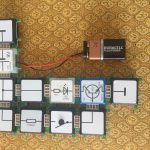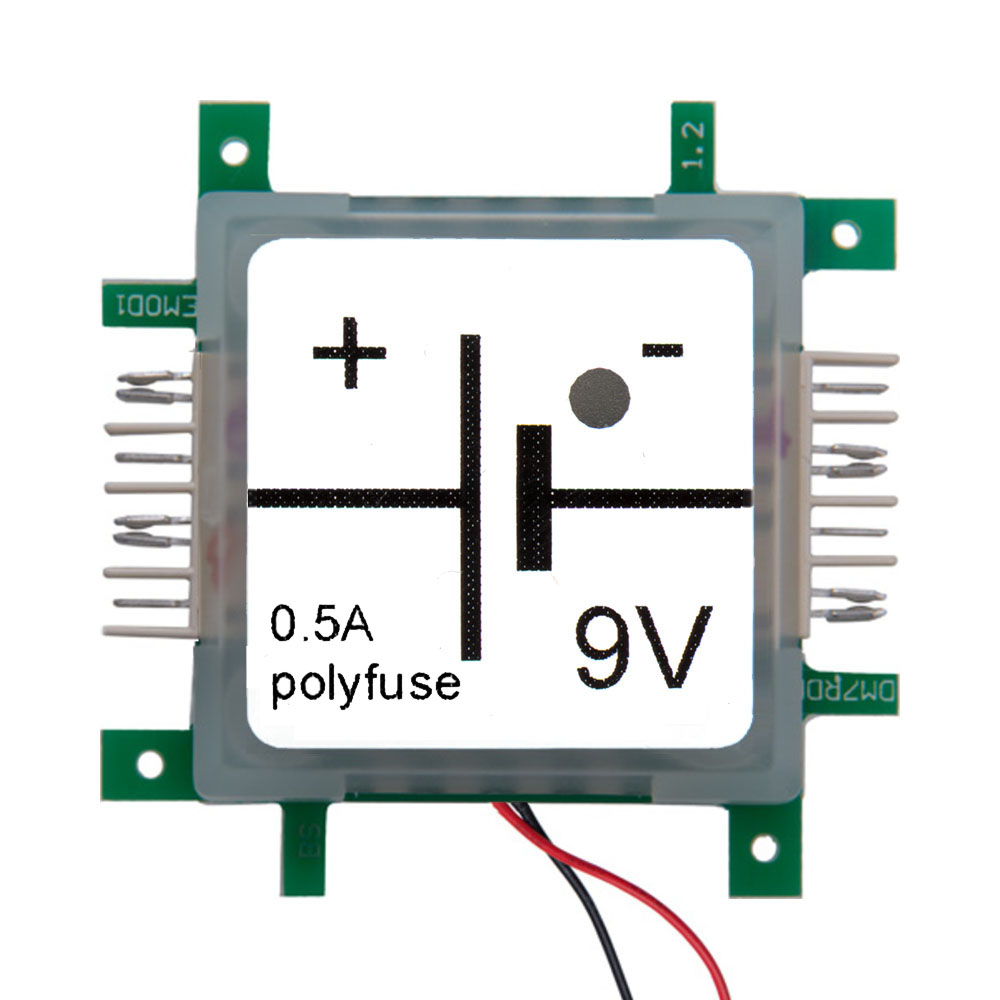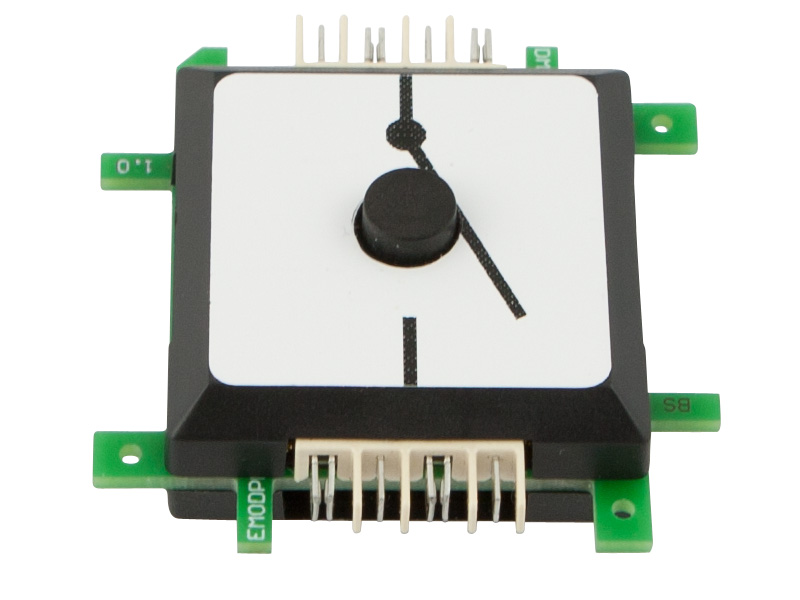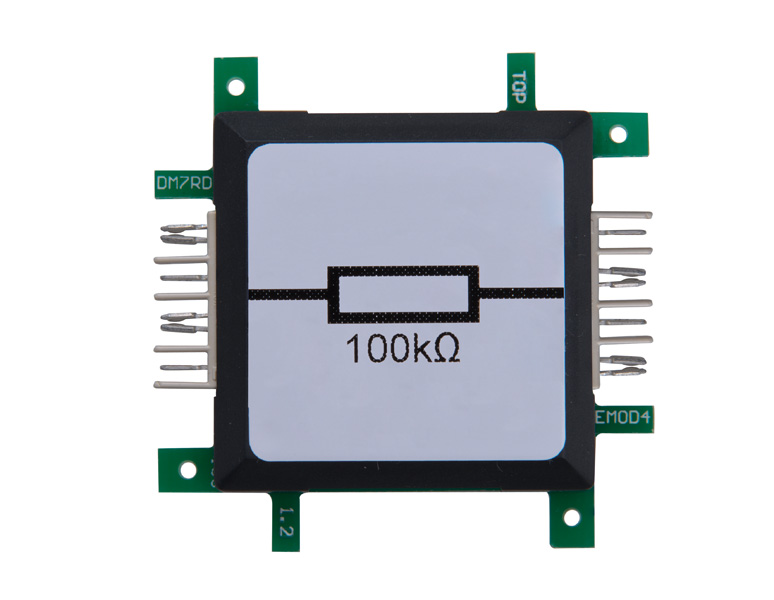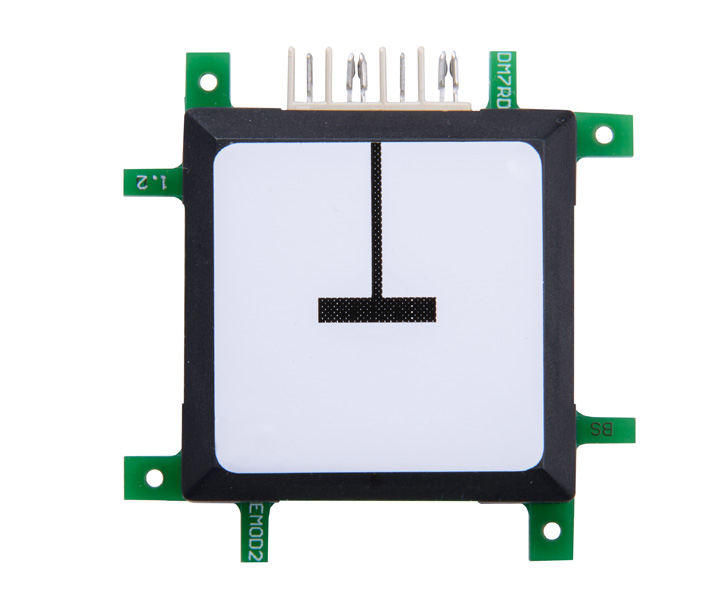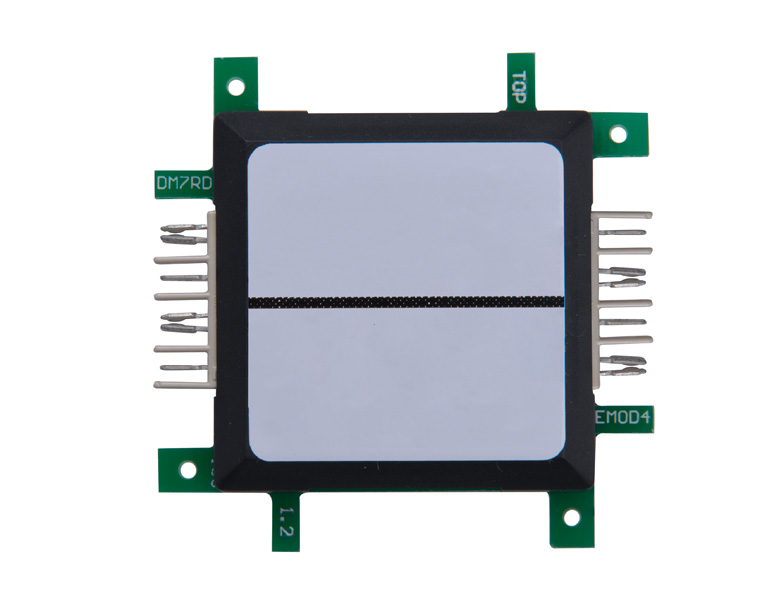- Sets
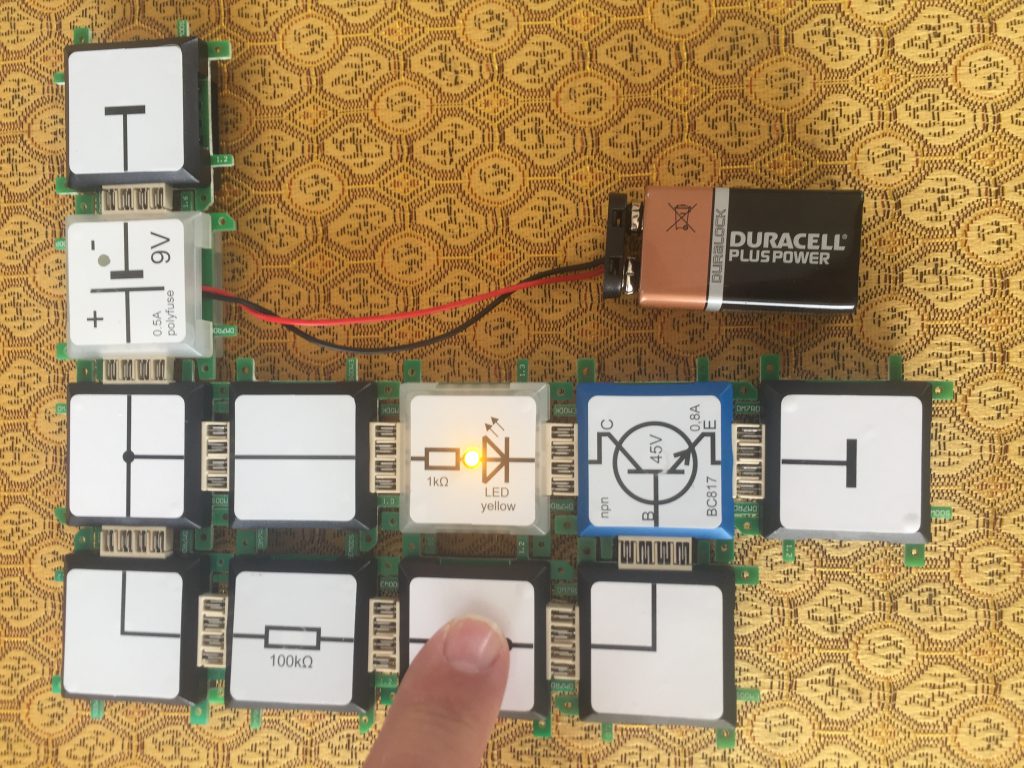
Transistor as a switch
Understanding the possibilities of transistors
Jane Smith
English
Beginner
This set-up shows the classic operation of the transistor as a switch. The transistor is a semiconductor device that allows a current ow between collector (C) and emitter (E) when a current ows into the base (B). The base current is about one hundredth less than the collector current. Transistors have a current amplifying characteristic. The gain is determined by comparing the base current to the collector current. Transistors are often used for increasing the amplitude of a oscillator signal, because they respond very quickly when used as an electronic switch. The circuit shown is called emitter-circuit, because the emitter is connected to the 0V/ground. If the switch is next to the base, the red LED lights up. The base current allows a current ow between collector and emitter, as it enters charge carriers between the two n-layers in the transistor. This experiment uses an npn-transistor, therefore the base forms the p-doped layer. Note: Semiconductors are sensitive components. The transistor is destroyed when the base (B) is directly connected to the battery, without the protective resistor.


